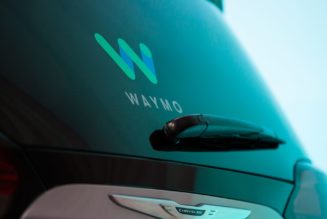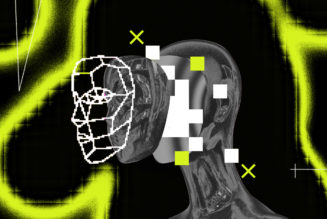Juiced, the San Diego-based electric bike company known for its extremely fast, extremely heavy, moped-style cruisers, wants you to know that its newest model, the RipRacer, is “fun-sized.” Not like tiny-Snickers-bars-you-hand-out-at-Halloween-fun-size, but like a smaller frame size for a younger generation of riders.
Electric bikes are typically marketed and sold to adults, but increasingly, companies are seeing an opportunity around selling bikes to teens and young adults. Juiced is the latest to try its hand at making bikes that are smaller and cheaper than the typical e-bike.
The RipRacer may be fun-sized, but it will no less powerful than Juiced’s other hulking models. It will come in two versions: a Class 2 bike with a 52V/10Ah battery capable of speeds up to 20mph or a Class 3 bike with a 52V/15Ah battery and a top speed of 28mph.
:no_upscale()/cdn.vox-cdn.com/uploads/chorus_asset/file/23002383/Copy_of_0Q8A1502.jpg)
The Bafang 750W rear-hub geared hub motor is similar to the one found on the company’s Scorpion e-bike. Both the Class 2 and Class 3 models will have pedals with cadence sensors (which deliver power based on how fast you pedal), front and rear lights, and hydraulic disc brakes — all standard features on most e-bikes out today.
For the RipRacer, Juiced has also completely redesigned its battery to be completely water-resistant and to include an integrated Apple AirTag so it never gets lost. The battery has also been reshaped to be easier to handle when removing for charging and will be compatible with a battery docking station that Juiced plans to roll out in 2022.
(Juiced says the docking station will have an inverter for AC power up to 500W, six USB ports, a 12V lighter port, and an LED light. The dock can charge the battery either from AC power or from a solar input.)
:no_upscale()/cdn.vox-cdn.com/uploads/chorus_asset/file/23002384/Copy_of_0Q8A1771.jpg)
:no_upscale()/cdn.vox-cdn.com/uploads/chorus_asset/file/23002410/Copy_of_PB031390.jpg)
The low-step frame and motorcycle-style handlebars are styled to fit riders 5’0 to 6’3, the company says. The bike is available in four colors: Baja Blue, Noir, Hi-Viz Yellow, and Mystic Green. The Class 2 bike starts at $1,399, while the Class 3 version will sell for $1,599. Interested customers can reserve one today, and the bikes will start to ship in March 2022.
The goal in offering a lighter, more nimble, and cheaper e-bike is pretty obvious: younger riders are excited about electric mobility. Of course, some riders are still too young for motorized bikes. The minimum age requirement in most countries ranges from 14 to 16 years, but whether those age limits are actually enforced remains an open question. Shared scooter companies, for example, have struggled to prevent younger riders from using their products.
In fact, Juiced’s hometown of San Diego is struggling to keep younger riders safe amid surging interest in e-bikes. With more customers flocking to e-bikes, many cities are caught flat-footed with out-of-date infrastructure that provides few safe places for people to ride without feeling menaced by cars. If more young people start riding e-bikes, the imperative to build protected bike lanes will grow even more.









